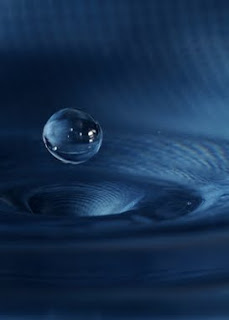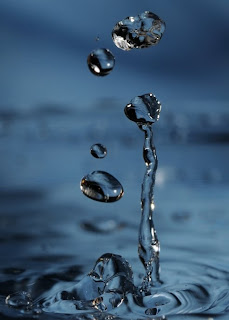 I'm continuing to work on the buildings and structures module that I blogged about some months ago now, and these are some of my latest efforts.
I'm continuing to work on the buildings and structures module that I blogged about some months ago now, and these are some of my latest efforts.I'm still really intrigued by the idea of intentionally photographing buildings that aren't considered to be beautiful.
When I moved to Leven, one of the biggest downsides that I could see was the hulking giant of Methil Power Station, which sits on the shorefront and dominates over the beach at Leven (which is otherwise a very beautiful bit of beach). The longer I've lived here though the more my opinion of this building has changed. When I was running in the summer months it was the halfway point in my route, which left me with an odd feeling for it because it became a place I ran towards - a place that I struggled to reach and celebrated when I got there. It became a symbol of achievement. As a structure it's impossible to ignore. I've photographed it many times now and I now feel quite an affection for it. It's got character...but not for long. It's being dismantled and taken away piece by piece. I was surprised when I first realised that I felt sad about that....
So what of the future of the Leven skyline? Well change has already begun, with the opening of a wind turbine that sits right behind the site of Methil power station. It's a part of Scotland's commitment to renewable energy, it's a symbol in it's own right of things to come and hope for the future. A lot of people object to wind turbines for spoiling the landscape, but I think they're really rather beautiful. There's something so wonderfully elegant about it, depite its massive size it seems somehow delicate. I think that drawing some photographic comparisons between these two structures will defiantely form part of my submission for this module.
This final image is one I'm not too sure about. I would love some feedback on this if you feel like leaving a comment....In this picture I've taken just the reflected image of the wind turbine and rotated it make it look like the real deal. It has a ghostly misty quality that I liked. What I'm not sure about is the 'sky'which shows rocks and debris that were in the water. Initially I liked the idea that this turbine is a symbol of clean energy, and the sky appears to be full of debris, but now I'm wondering if its just confusing to look at. What do you think? Critical feedback is always very welcome!







